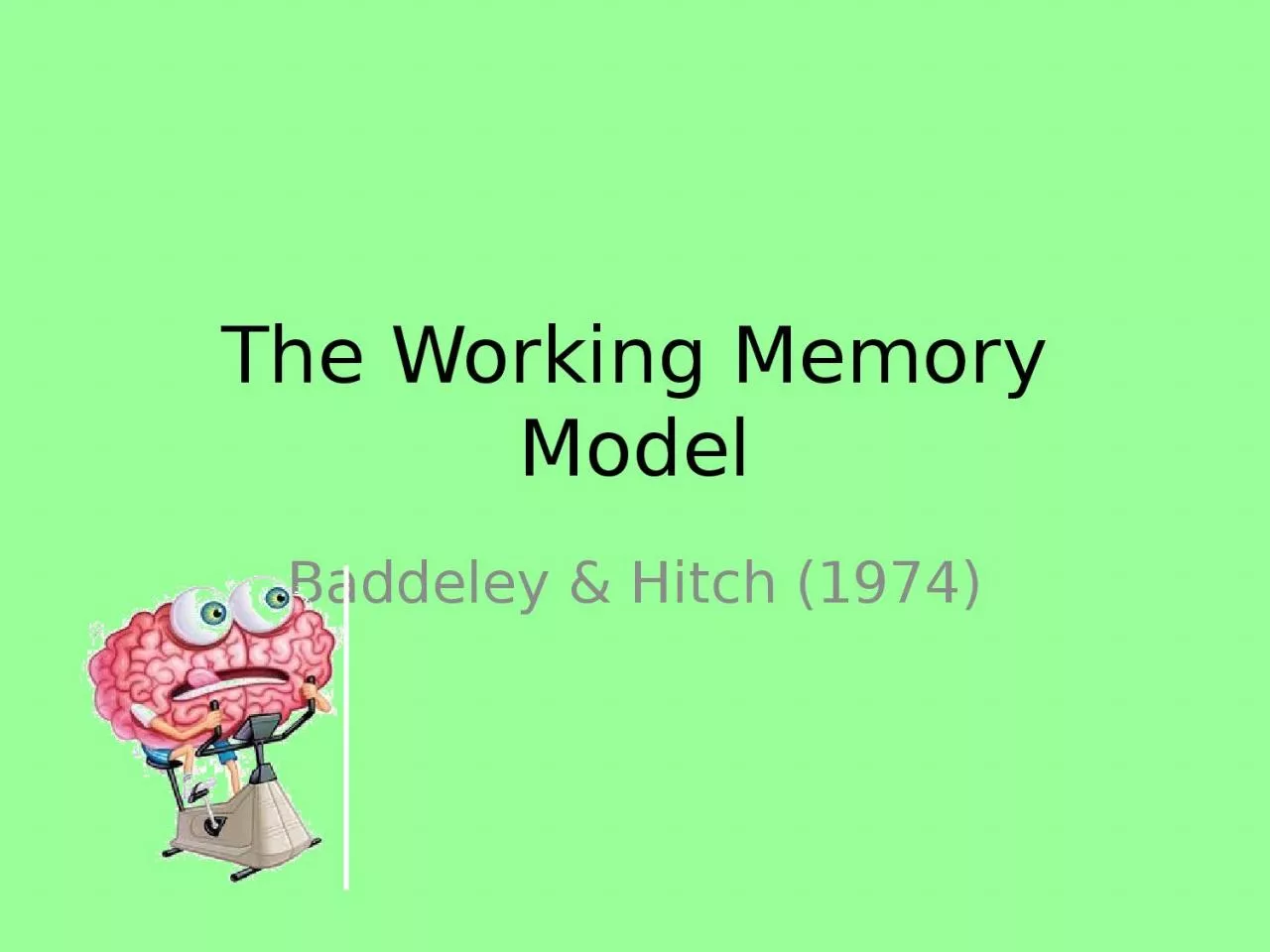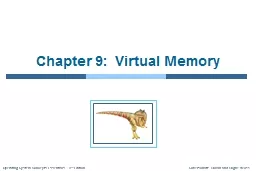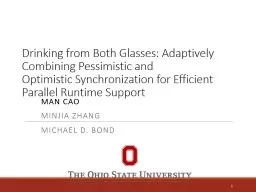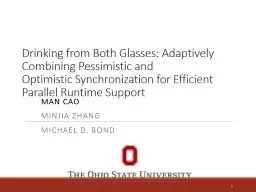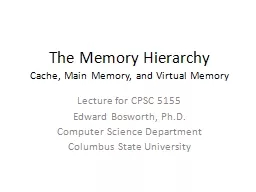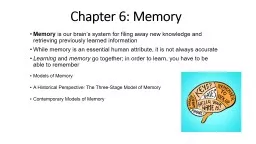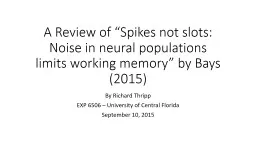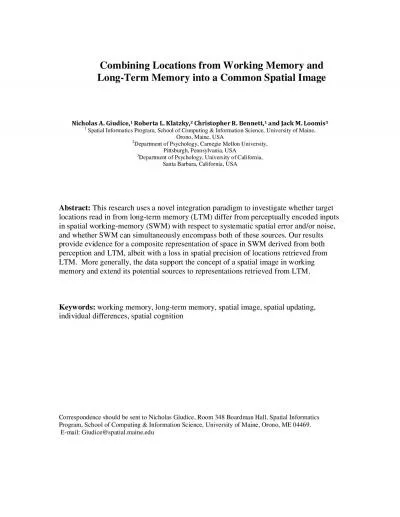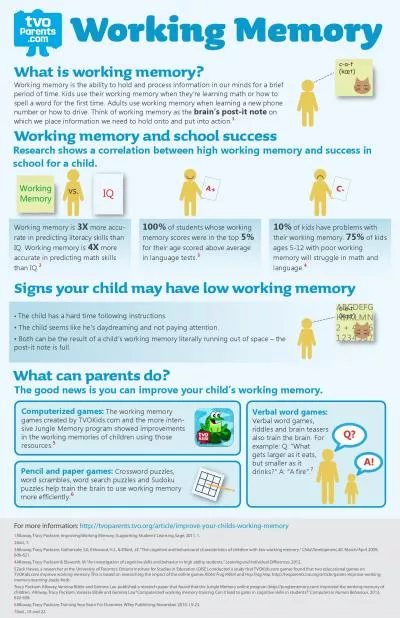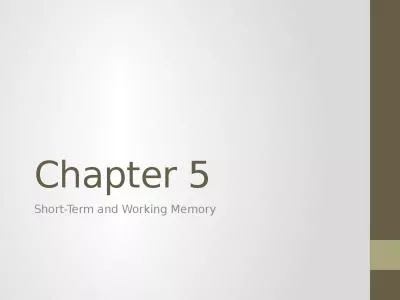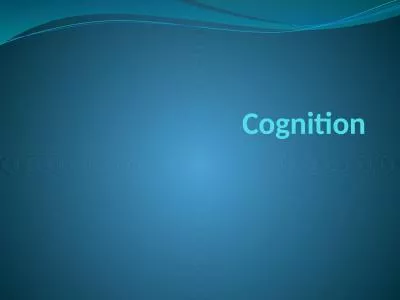PPT-The Working Memory Model
Author : white | Published Date : 2023-08-31
Baddeley amp Hitch 1974 Arose from criticisms of the MSM that STM isnt unitary You add 21 and 12 and hold that answer in the working memory before adding 52 Eg
Presentation Embed Code
Download Presentation
Download Presentation The PPT/PDF document "The Working Memory Model" is the property of its rightful owner. Permission is granted to download and print the materials on this website for personal, non-commercial use only, and to display it on your personal computer provided you do not modify the materials and that you retain all copyright notices contained in the materials. By downloading content from our website, you accept the terms of this agreement.
The Working Memory Model: Transcript
Download Rules Of Document
"The Working Memory Model"The content belongs to its owner. You may download and print it for personal use, without modification, and keep all copyright notices. By downloading, you agree to these terms.
Related Documents

